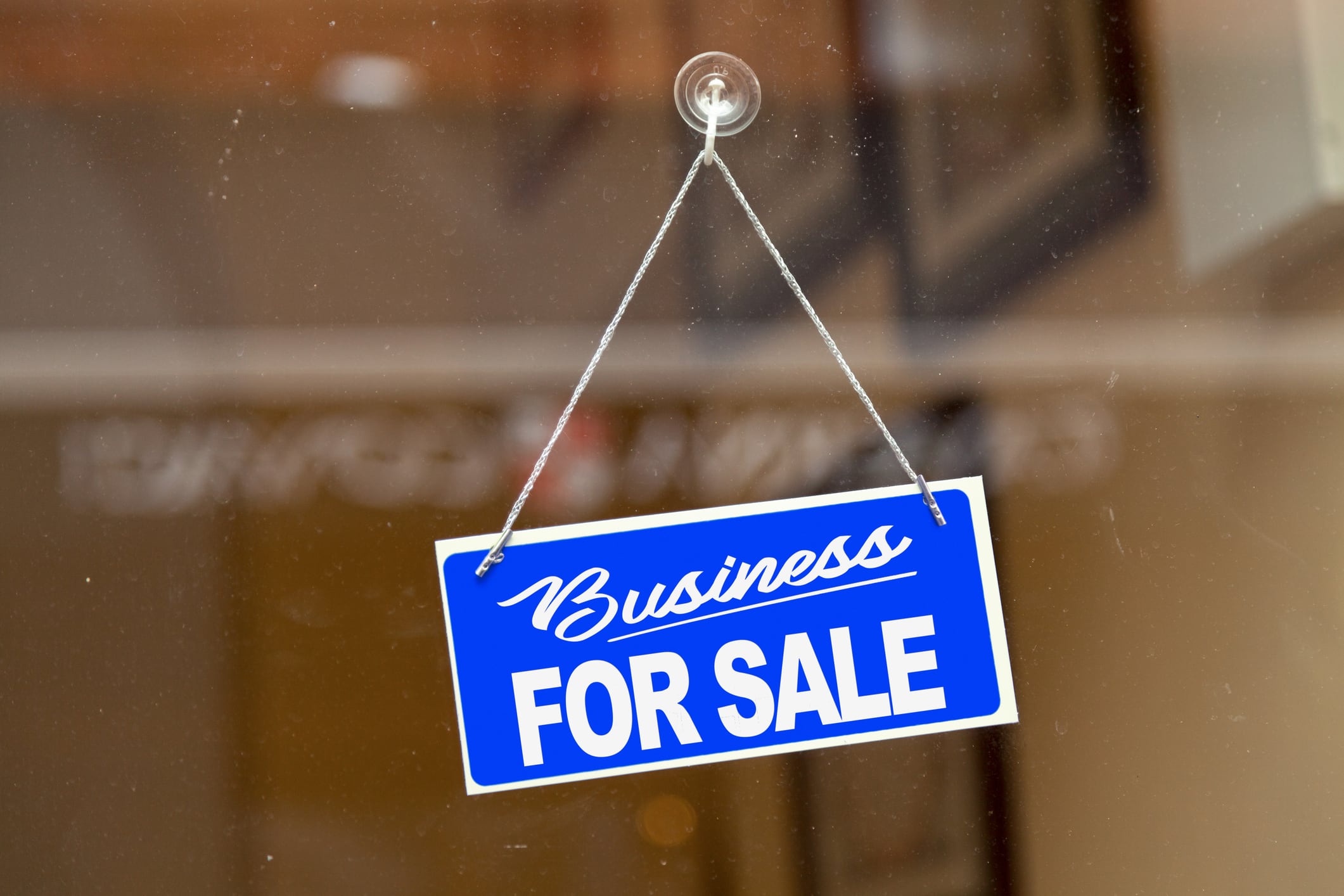For many emerging food and beverage brands, building a startup means constantly juggling product development, retail growth, fundraising – and the lingering question of when (or if) to sell the business.
While the market may be unpredictable, startups should focus on internal readiness over external conditions when planning an exit, according to Joe Wagner, managing director at investment banking firm P&M Corporate Finance (PMCF), who specializes in mergers and acquisitions for middle-market companies.
While Wagner and his team work primarily with mature businesses, they have observed a consistent pattern among companies that achieve successful exits: being well-prepared matters more than waiting for the “perfect” market, Wagner noted.
“The market environment generally is a factor, but should not be the driver of when a company transacts,” Wagner said. “A good company, a well-prepared company, particularly in the F&B space and CPG” will “transact in any environment if they’re prepared.”
What makes a company ready to sell?
PMCF evaluates sell-side companies through a framework Wagner calls the “10-50-20” profile: 10% revenue growth, 50% gross margins and 20% EBITDA margins. While not a requirement, companies that hit this benchmark tend to be considered top-tier assets in the eyes of investors, he said.
For early-stage startups, revenue growth should be the top priority – even if margins are initially lower.
“Proving out the product and market fit, developing brand strength is really important when you are an early-stage company,” Wagner said.
This focus also depends on the type of investor the company is targeting.
“With a venture capital firm, growth for an early-stage business is going to be more attractive,” as opposed to a traditional private equity, corporate or strategic investor,” he said.
Wagner emphasized that the time it takes to reach scale varies widely.
“You see businesses ramp up from zero to $100 million within a year or two,” he said. “Others take 15 years.”
Themes driving acquisition activity
While mergers and acquisitions in the food and beverage industry cover a broad range, Wagner pointed out that many deals are being influenced by prevailing trends, especially around health and wellness.
“There’s a lot of activity right now in functional ingredients,” such as protein additives, postbiotics or prebiotics, Wagner said. These areas are generally further up the supply chain and focused on wellness and are less vulnerable to GLP-1-related risk, as opposed to downstream businesses, he said.
Interest in functional ingredients persists despite a general slowdown in deal activity, according to a PMCF report.
In Q1 2025, there were 81 M&A transactions in the US and 242 globally – a 34.7% and 24.1% decline, respectively, from the same period last year. Food and beverage manufacturing remained the most active subsegment, making up more than half (54.3%) of all US M&A deals.
Within this more cautious deal environment, legacy food and beverage brands are realigning their portfolios to support long-term growth in health-driven categories, while also navigating new regulatory headwinds, per the report.
US regulatory changes – including state proposals to ban synthetic dyes – are prompting companies to assess reformulation timelines and costs. Proactively addressing these risks is becoming a key part of transaction prep for sellers, according to PMCF.
Navigating external risks: Regulations, tariffs and supply chain
Wagner recommends companies preparing for an exit closely monitoring and mitigating regulatory and supply chain risks.
Tariffs and geopolitical uncertainty also are driving more companies to reshore or vertically integrate their supply chains. Wagner shared that some of PMCF’s clients are already taking action by vertically integrating their supply chain domestically “to plan for that ultimate exit.”
For example, protein snack brand David raised $75 million in Series A funding to acquire food-tech company Epogee to strengthen its supply chain of plant-based fat alternative EPG – an ingredient that can cut calories from fat by 92%.
However, the acquisition was met with legal pushback from Epogee’s customers who filed an antitrust lawsuit against David on June 2. Several companies and consumers called on a boycott of David products accusing the company of monopolizing EPG.
What else do investors want?
Investors are paying attention to category longevity and the strength of the founding team.
“Is it more fad or trend? Is this a new category or a mature category?” Wagner said. “There is a timing element – sometimes if you are the first mover, you can get a great outcome. But you want one or two deals to happen before you go because that can validate the thesis in the market.”
He also emphasized the importance of leadership continuity.
“There’s a perspective out there that an M&A transaction means people are laid off, they lose their jobs, and that’s just the furthest thing from the truth,” Wagner said.
In fact, he added, some investors want founders and leadership teams to stay on post-sale – often as part of the transition plan or even as reinvestors.
“Most founder, family-owned businesses that sell for the first time have their management team and some of the ownership reinvest in the new company with the new owner, or stay on for a period of time to help transition,” he explained.

